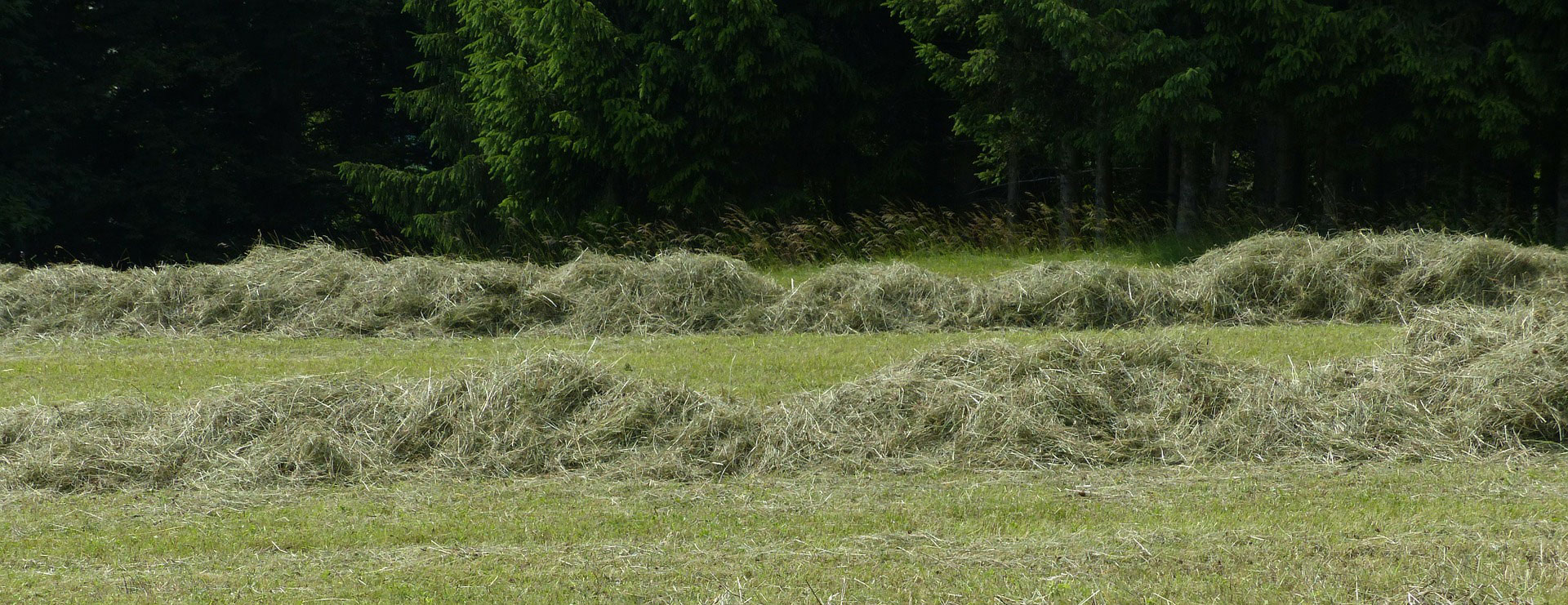Is Hay Tedding Enjoying a Revival?
Hay tedding has been around for centuries but fell out of favor when it was seen as leading to leaf loss. However, it turns out that hay tedding may have gotten a bad rap and producers today are taking a new look at its benefits.
In the simplest terms, hay tedding is when hay is lifted and separated to speed up drying time. The faster the hay is dried, the more flexibility it is believed to offer hay producers. This, in turn, results in a higher quality forage.
Experts say that the biggest advantage of tedding is that the crop—or hay—is fluffed, which leads to more air flow through the bottom of the windrow. This allows for more sunlight on the windrow and faster, more uniform drying. This comes into play especially in rainy climates where it can reduce drying time by 24 to 48 hours.
Hay tedding will probably never be common in the warmer parts of the United States but some hay producers in the west and southwest may employ it at times since weather patterns are becoming more unpredictable and more rainfall is occurring in those portions of the country.
Tedding should take place about a day or so after mowing because the crop at the top will have wilted and dried by then. That means the green underneath will come toward the top. In all cases, when there is rain in the forecast it is essential to get the hay put up before it begins to rain.
Tedding works best for grass hay because that type of hay mats and dries more slowly. Alfalfa hay is rarely tedded because there is a greater chance of leaf loss and leaving alfalfa in the field too long will cause problems. Experts say that tedding alfalfa is possible if you time it right by cutting hay when it’s a bit damp so that the leaves will not fall off.
Of course, you also need the right equipment for tedding. There are basically two types, light duty and heavy duty. Light-duty tedders are designed for smaller operations or when tedding won’t be performed on a regular basis. Producers who will use a tedder frequently and on larger areas will do best with a heavy-duty tedder.

